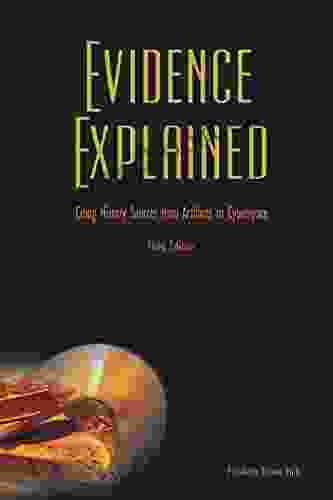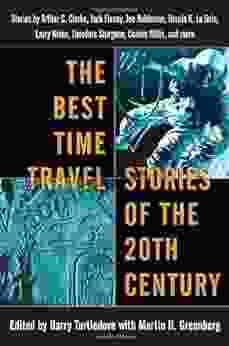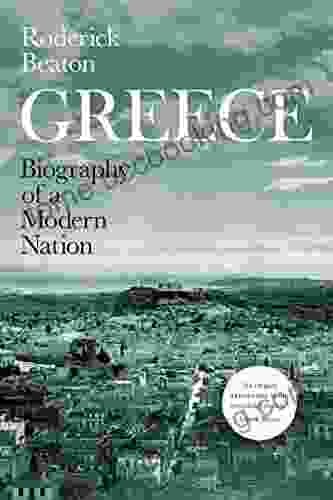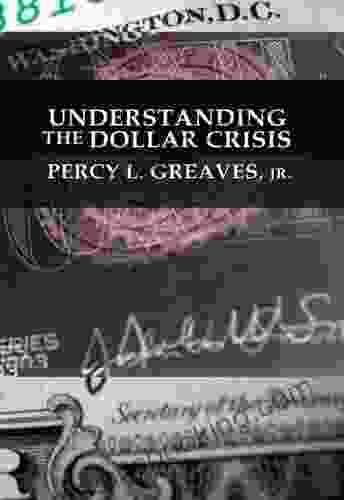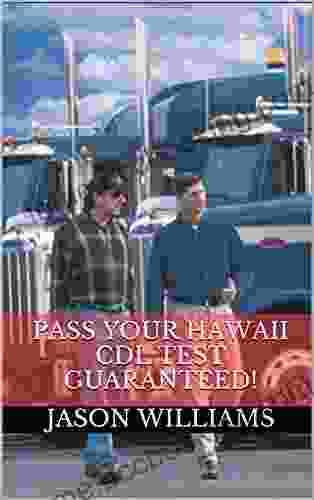Citing History Sources From Artifacts To Cyberspace

Historical research is a fascinating journey into the past, but it also requires meticulous attention to detail. One of the most important aspects of historical research is properly citing your sources. This not only gives credit to the authors whose work you have used, but it also allows your readers to verify your claims and further explore the topic.
4.5 out of 5
| Language | : | English |
| File size | : | 9942 KB |
| Screen Reader | : | Supported |
| Print length | : | 207 pages |
Citing history sources can be a daunting task, especially given the wide variety of sources available today. From ancient artifacts to modern digital archives, there are a myriad of ways to document the past. This guide will provide you with the tools you need to navigate this complex landscape and master the art of historical source citation.
Types of Historical Sources
Before we discuss how to cite history sources, it is important to understand the different types of sources that are available.
Artifacts
Artifacts are physical objects that have been created or used by humans in the past. They can include anything from tools and weapons to clothing and jewelry.
Documents
Documents are written or printed materials that provide information about the past. They can include letters, diaries, newspapers, and government records.
Visual Sources
Visual sources are images that provide information about the past. They can include paintings, photographs, and maps.
Oral Histories
Oral histories are recordings of interviews with people who have firsthand knowledge of the past.
Digital Sources
Digital sources are electronic resources that provide information about the past. They can include websites, databases, and online archives.
Citing History Sources
Now that we have discussed the different types of historical sources, let's turn our attention to how to cite them. There are three main citation styles used in historical research: MLA, Chicago, and APA.
MLA Style
MLA style is commonly used in the humanities, including history. The following are some examples of how to cite historical sources in MLA style:
- Book:
Smith, John. <em>The History of the United States.</em> New York: Oxford University Press, 2000. - Article:
Jones, Mary. "The American Revolution." <em>The Encyclopedia of American History.</em> Edited by David Hackett Fischer. New York: Scribner, 2000. - Website:
National Archives and Records Administration. "The Declaration of Independence." https://www.archives.gov/founding-docs/declaration-transcript
Chicago Style
Chicago style is commonly used in the social sciences, including history. The following are some examples of how to cite historical sources in Chicago style:
- Book:
Smith, John. <em>The History of the United States</em> (New York: Oxford University Press, 2000). - Article:
Jones, Mary. "The American Revolution." In <em>The Encyclopedia of American History</em>, edited by David Hackett Fischer (New York: Scribner, 2000). - Website:
National Archives and Records Administration, "The Declaration of Independence," https://www.archives.gov/founding-docs/declaration-transcript.
APA Style
APA style is commonly used in the natural sciences, but it is also sometimes used in history. The following are some examples of how to cite historical sources in APA style:
- Book:
Smith, J. (2000). <em>The History of the United States</em>. New York: Oxford University Press. - Article:
Jones, M. (2000). The American Revolution. In D. H. Fischer (Ed.),<em>The Encyclopedia of American History</em> (pp. 1-10). New York: Scribner. - Website:
National Archives and Records Administration. (2023). The Declaration of Independence. https://www.archives.gov/founding-docs/declaration-transcript
Citing history sources is an essential part of historical research. By following the guidelines in this guide, you can ensure that you are giving proper credit to the authors whose work you have used and that your readers can easily verify your claims.
Remember, the most important thing is to be consistent in your citation style. Choose one style and use it throughout your research paper.
4.5 out of 5
| Language | : | English |
| File size | : | 9942 KB |
| Screen Reader | : | Supported |
| Print length | : | 207 pages |
Do you want to contribute by writing guest posts on this blog?
Please contact us and send us a resume of previous articles that you have written.
 Book
Book Novel
Novel Page
Page Chapter
Chapter Text
Text Story
Story Genre
Genre Reader
Reader Library
Library Paperback
Paperback E-book
E-book Magazine
Magazine Newspaper
Newspaper Paragraph
Paragraph Sentence
Sentence Bookmark
Bookmark Shelf
Shelf Glossary
Glossary Bibliography
Bibliography Foreword
Foreword Preface
Preface Synopsis
Synopsis Annotation
Annotation Footnote
Footnote Manuscript
Manuscript Scroll
Scroll Codex
Codex Tome
Tome Bestseller
Bestseller Classics
Classics Library card
Library card Narrative
Narrative Biography
Biography Autobiography
Autobiography Memoir
Memoir Reference
Reference Encyclopedia
Encyclopedia Elizabeth Milovidov
Elizabeth Milovidov Elizabeth Holmes
Elizabeth Holmes Joe R Frinzi
Joe R Frinzi Dustin Stevens
Dustin Stevens Elle Travis
Elle Travis Dustan Woodhouse
Dustan Woodhouse Elizabeth Dupart
Elizabeth Dupart Olive Collins
Olive Collins Edgar Bergen
Edgar Bergen Elizabeth Kendall
Elizabeth Kendall Edupan7 Publishing
Edupan7 Publishing Stuart Vyse
Stuart Vyse Elizabeth Raum
Elizabeth Raum Gabrielle Coleman
Gabrielle Coleman Maya Myers
Maya Myers Eckhart Tolle
Eckhart Tolle Elizabeth Alexander
Elizabeth Alexander Edith Pattou
Edith Pattou Edward Johnston
Edward Johnston Elena Romero
Elena Romero
Light bulbAdvertise smarter! Our strategic ad space ensures maximum exposure. Reserve your spot today!
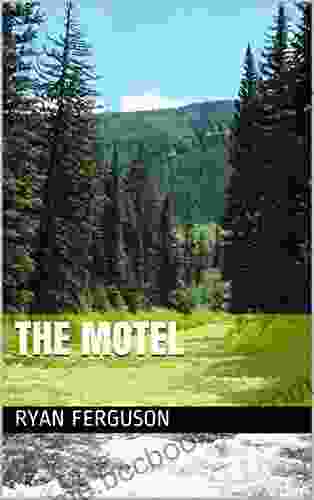
 Jace MitchellThe Motel Ecrivain De Nuit: A Literary Haven Where Dreams and Reality Entwine
Jace MitchellThe Motel Ecrivain De Nuit: A Literary Haven Where Dreams and Reality Entwine Nathaniel PowellFollow ·3.5k
Nathaniel PowellFollow ·3.5k Liam WardFollow ·12k
Liam WardFollow ·12k Gerald ParkerFollow ·16.3k
Gerald ParkerFollow ·16.3k Stuart BlairFollow ·15.8k
Stuart BlairFollow ·15.8k Calvin FisherFollow ·17.5k
Calvin FisherFollow ·17.5k Alex ReedFollow ·11.6k
Alex ReedFollow ·11.6k Cooper BellFollow ·16.9k
Cooper BellFollow ·16.9k Will WardFollow ·9.6k
Will WardFollow ·9.6k
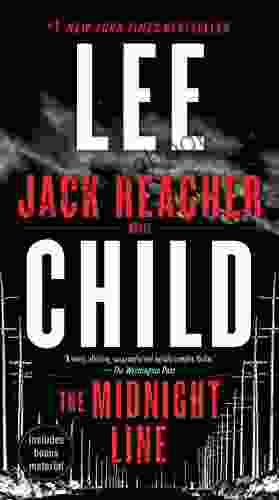
 Clarence Brooks
Clarence BrooksUncover the Secrets in the Dead of Night: Dive into Lee...
Step into the heart-stopping world of Jack...
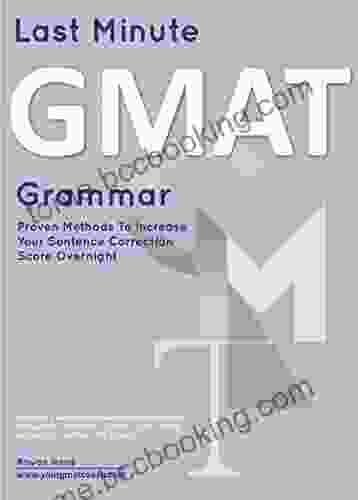
 Clay Powell
Clay PowellAce the GMAT Grammar Section: Your Last-Minute...
The GMAT is a challenging...
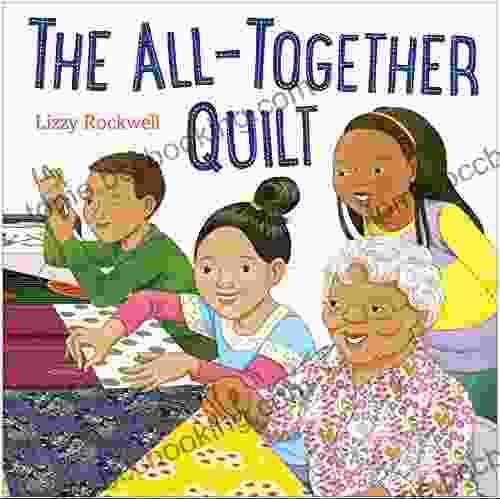
 Salman Rushdie
Salman RushdieEmbark on a Heartwarming Journey with "The All Together...
: Immerse yourself in the charming world of...
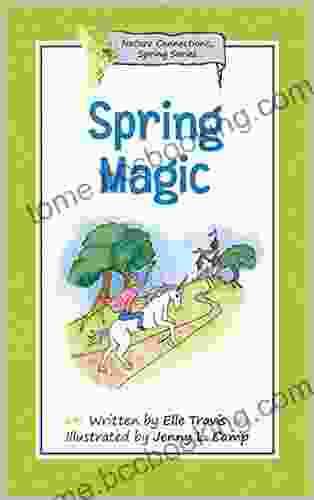
 Dawson Reed
Dawson ReedSpring Magic: Stunningly Illustrated Fun for Kids to...
Welcome to the Enchanting World of...
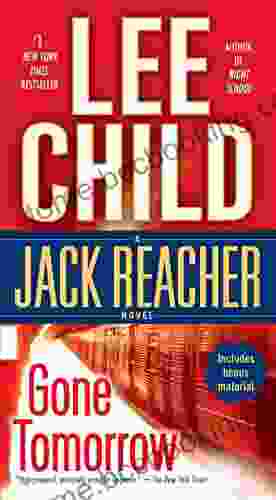
 Bradley Dixon
Bradley DixonGone Tomorrow: A Gripping Thriller by Lee Child that Will...
In the literary realm of thrillers, few...
4.5 out of 5
| Language | : | English |
| File size | : | 9942 KB |
| Screen Reader | : | Supported |
| Print length | : | 207 pages |


